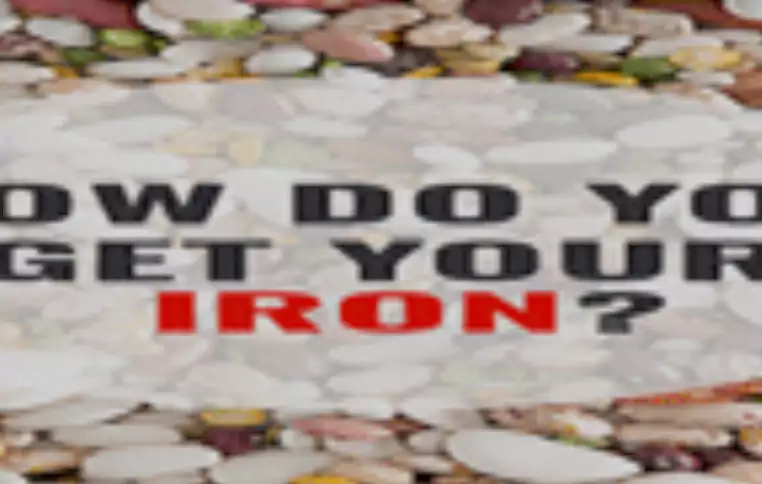We aren’t all nutritionists. And honestly, if you actually take the time to research all of the vitamins, minerals, macronutrients, and the likes, it’s a bit overwhelming. Like, super overwhelming. Especially when you realize that you’re probably not getting enough of at least a few of these things in your everyday intake. Iron is the most common nutritional deficiency, and not getting enough can reap havoc on your poor unsuspecting body. If you’ve been feeling a little under the weather or especially tired lately, reflect on your dietary choices in the past few weeks. Have you been getting enough iron? Before you turn to supplements for the answer, read through this list of foods that are rich in iron— truthfully, the easiest way to get the nutrients you need is through the foods you eat, as your body might have difficulty absorbing an entire supplement’s worth of iron at once, and eliminate the excess anyways.
There are two types of iron; one derived from meat (heme iron) and one derived from plants non-heme iron). While your body does absorb heme iron more readily, that doesn’t mean you can’t get away with just non-heme iron (vegetarians, rejoice!). We’ve compiled a list of both for your convenience— mix-and-match your way to a more energized state!
IRON-DENSE FOODS:
Heme Iron:
- Liver (beef): 15.2 mg per 3 oz. serving
- Oysters: 4.6 mg per 6 medium oysters
- Beef: Varies based on the cut; about 2.2 mg per 3 oz. serving of ground beef
- Chicken breast: 1.5 mg per 1 cup serving
- Clams: 53.1 mg per 20 small clams
Non-Heme Iron:
- Boiled chickpeas: 4.7 mg per 1 cup serving
- Fortified cereals: Varies per cereal; 3.6 mg up to 18 mg
- Roasted pumpkin seeds: 9.5 mg per 1 cup serving
- Boiled spinach: 6.4 mg per 1 cup serving
- Boiled lentils: 6.6 mg per 1 cup serving
- Tofu: 6.6 mg per half-cup serving
- Asparagus: 2.9 mg per 1 cup serving
If you don’t feel like you’ve been getting enough iron in your diet, try a few of these out! Not all are created equal— it’s important to notice that while some foods might have over 100% of your daily recommended amount if iron, others only have a fraction of it. Using a dietary log to keep track of your nutritional intake can be helpful if this is something you’re concerned with! Recommended iron amounts vary by age and gender. Children 2-11 years old need between 13.7 and 15.1 mg, children 12-19 need at least 16.3 mg, men over 19 need 19.3-20.5 mg, and women over 19 need 17-18.9 mg (1). And if ever you feel you need a little extra help cultivating a diet plan to make sure you’re getting everything you need, don’t forget that GYMGUYZ can help you create a custom nutrition plan!
(1). https://ods.od.nih.gov/factsheets/Iron-HealthProfessional/



